About Our Campus
Established in 1939, Travis Heights Elementary School is nestled in the center of the historic Travis Heights neighborhood. Adjacent to Stacy Park, a ribbon park of approximately 2 miles that runs parallel to Blunn Creek, our location affords our teachers ample opportunities to bring students outdoors for recreation, physical education, special events, and of course exposure to nature’s resources for learning experiences.
Quick facts about THES:
- Built in 1939
- Grade Levels: PK-5th
- Student Population: 560
- Title 1 Campus
- Dual Language Campus
- AISD’s first In district Charter School
Travis Heights: A Community School Where Children…
“Learn. Serve. Lead.”
In 2010, Travis Heights Elementary was chosen to receive the Innovation Grant, a national grant awarded through Education Austin, our local teacher’s union, and Austin Interfaith. This grant provided funding for our community to engage in conversations and research to create a vision for the future of our school. The ‘innovation’ behind the idea really relates to taking education back to “the village” and trusting our professional educators and families to partner together in serving students.
The grant allowed for extensive research in designing a school to meet the specific needs of our school within our neighborhood. Travis Heights is known to be a diverse school, reflecting the greater Austin demographics. Those who attend Travis Heights view it as warm, welcoming, and rising to the challenge to meet the needs of the diverse student body.
The Innovation School Project was a grass-roots initiative propelled by Ms. Robertson, faculty, and parents working to grow our school from the ground up, rather than ‘top-down ’ in 2010. In September 2011, we began our journey from which hundreds of house meetings and conversations about our hopes and dreams for THES evolved. The resulting themes over the course of the year were overwhelmingly consistent.
- We wanted our children to be engaged in learning that was more hands-on and tapped into critical thinking skills.
- We wanted our children to understand the connection between what they were learning to applications in the real-world.
- We wanted our students to embrace culture and be enriched through languages other than English.
- We wanted technology to be integrated in the classroom so as to supplement learning, regardless of academic skill level.
- We wanted our students to have more physical movement and integrated physical activity within their learning.
- Above all, we wanted flexibility and autonomy.
Flexibility in not what we teach, but how we teach, and when we teach so as to create a framework for learning and inspire lifelong learners with everyday experiences that are engaging and exciting for children.
Autonomy was desired for making decisions at the campus-level based on our needs year to year, without being forced to take on district-mandated programs/policies that are blanket uniformly across all elementary schools, regardless of whether it benefits the needs of a campus. Such autonomy can allow for changes in schedule to provide teachers with greater planning time/team building/professional development, greater physical activity built into the school day, greater opportunities to assess what programs benefit our children so as to continue growing those programs, versus being mandated different ‘programs’ blanketed across all elementary campuses regardless of value added.
We call this the Five Freedoms.
As an in-district charter, we seek to gain five freedoms:
- Freedom to choose how we teach.
- Freedom to change our school schedule.
- Freedom to decide how to spend our money.
- Freedom to change our cafeteria menu.
- Freedom to add more Art, Music, PE, Technology, and exposure to Foreign Languages (Spanish/Korean).
